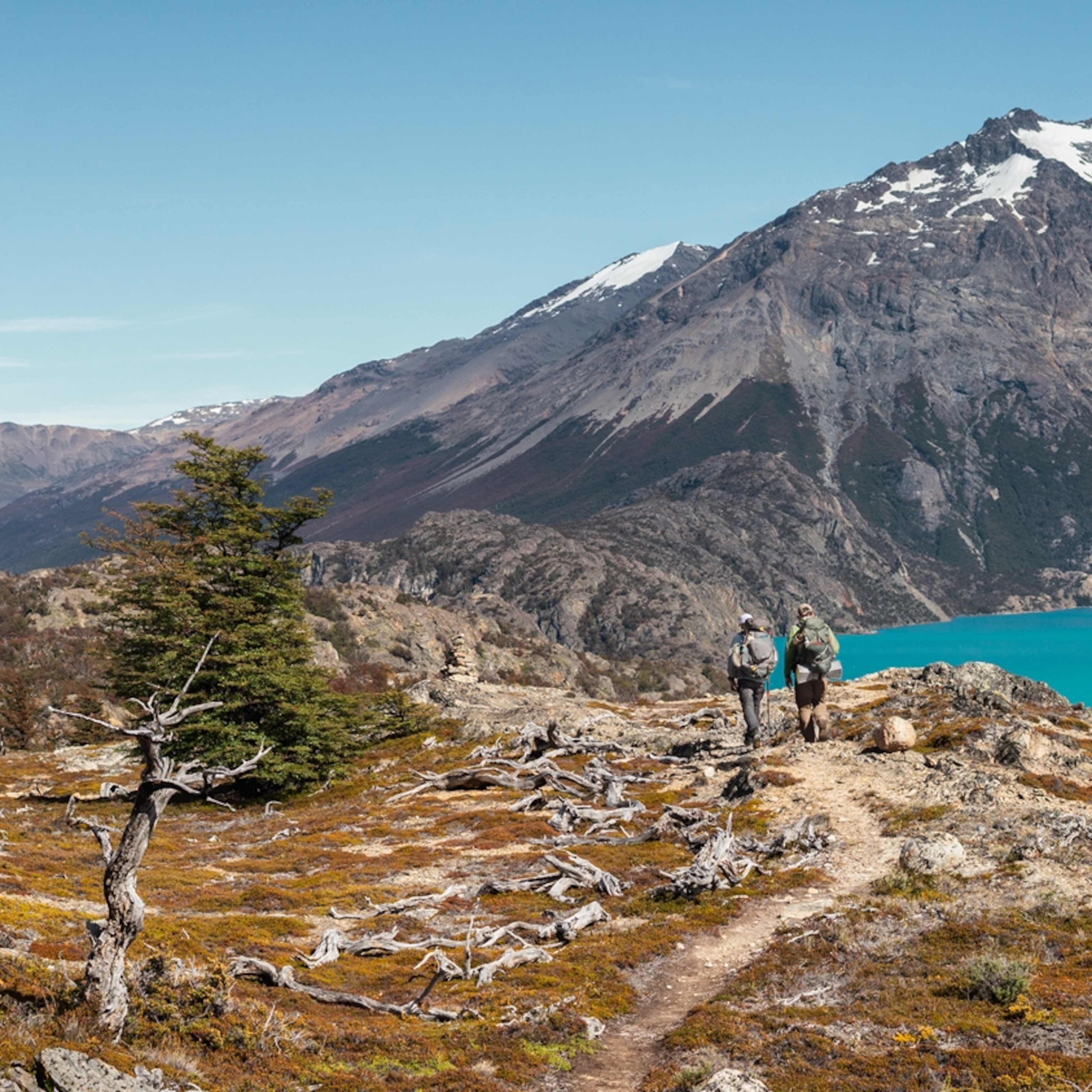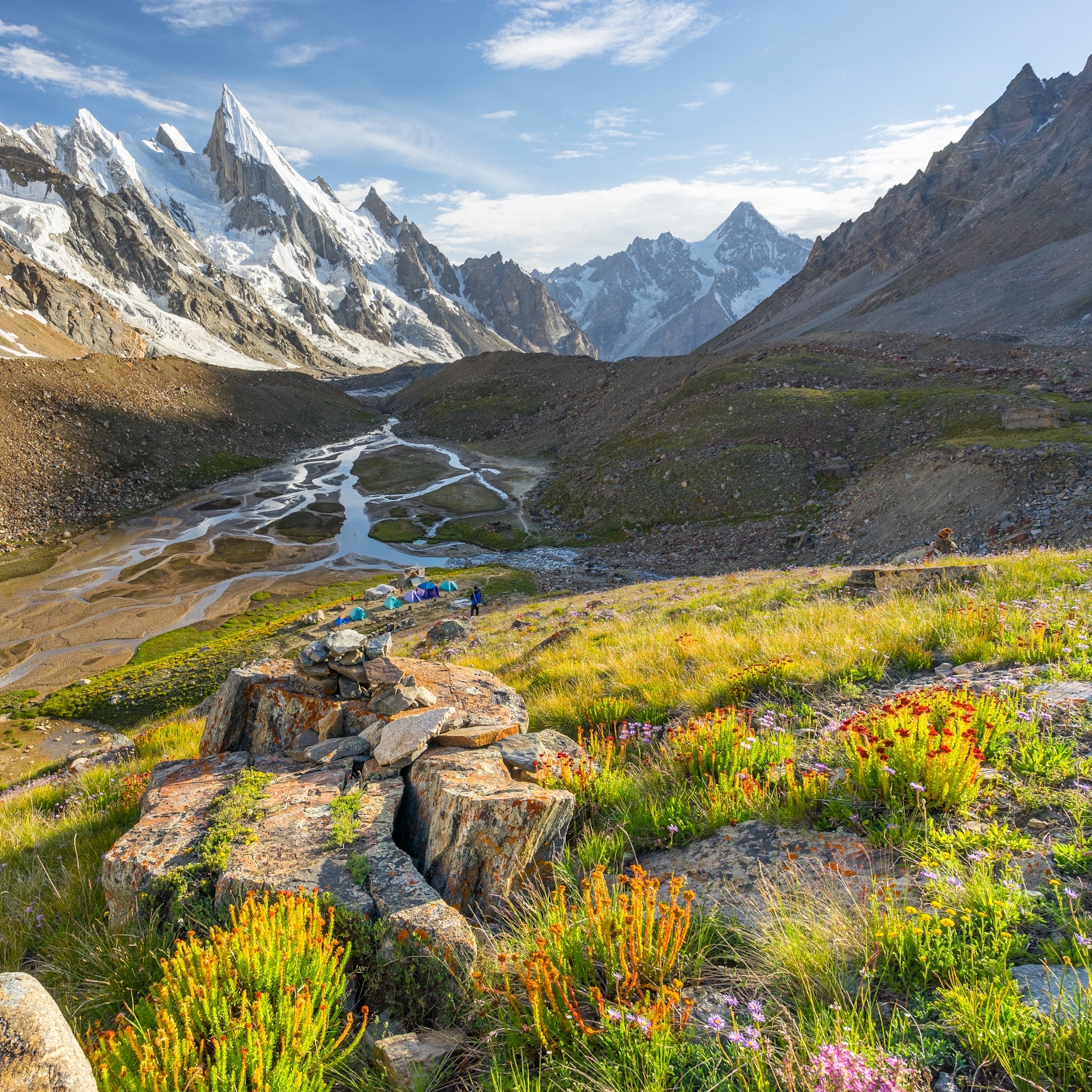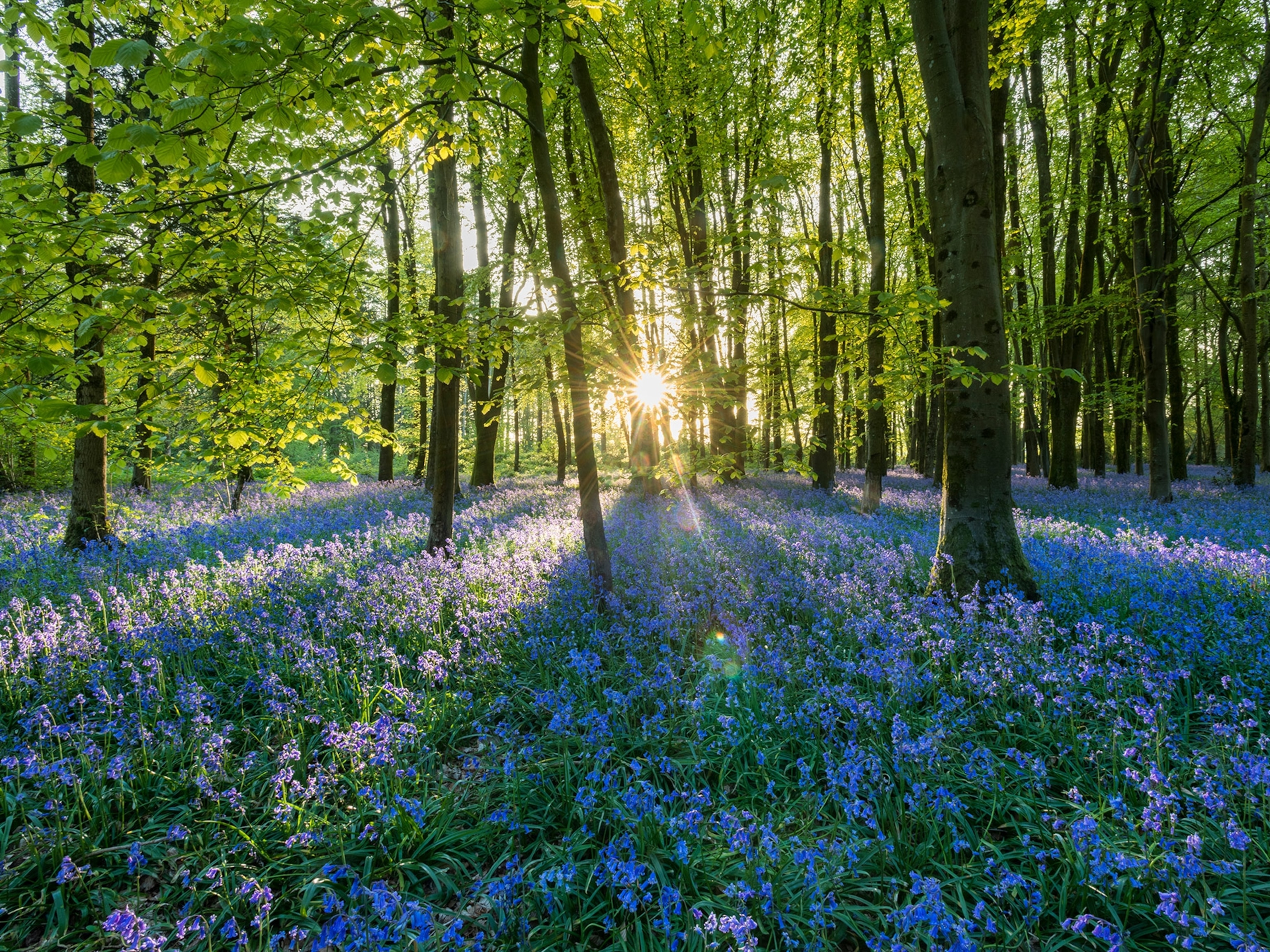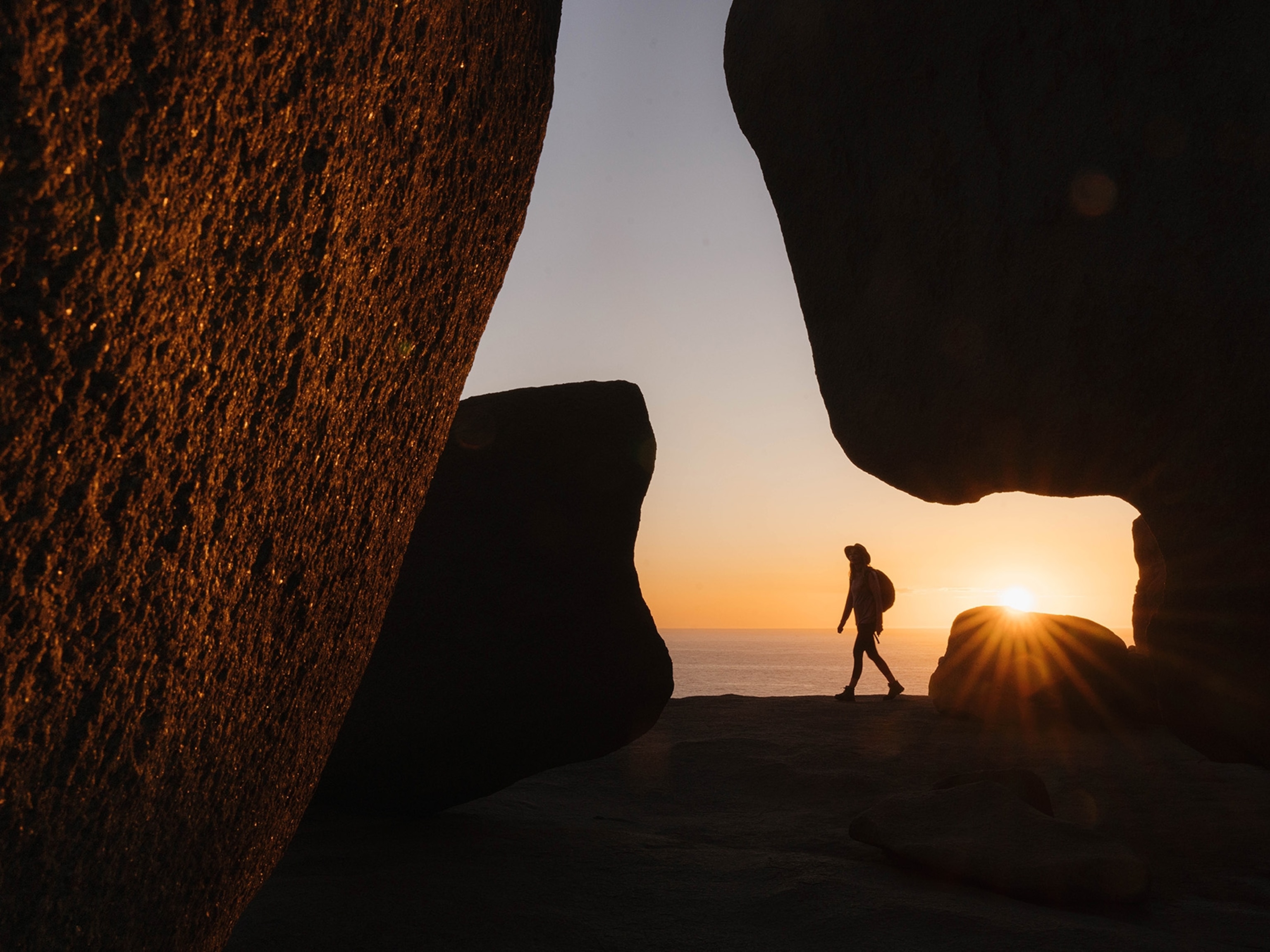
This trail may be the best way to see New England’s fall colors
The new High Road is a European-style ‘walking holiday’ that connects travelers to Massachusetts’ leafy towns and cozy inns, bringing creature comforts to thru-hiking.
Each year, millions flock to the Berkshires in western Massachusetts seeking a couple days of sugar maple tree therapy. The region’s scenic allure peaks in the fall, when the hardwood forests transform into a palette of amber and gold. With the Housatonic River rumbling through the painted valleys, it’s easy to see how the Berkshires became a destination for long, meditative walks.
Now, a new regional pathway across the spine of the Berkshires is turning the local tradition of long walks into an American spin on the European “walking holiday” popular with pilgrims journeying on Spain’s Camino de Santiago or Scotland’s West Highland Way.
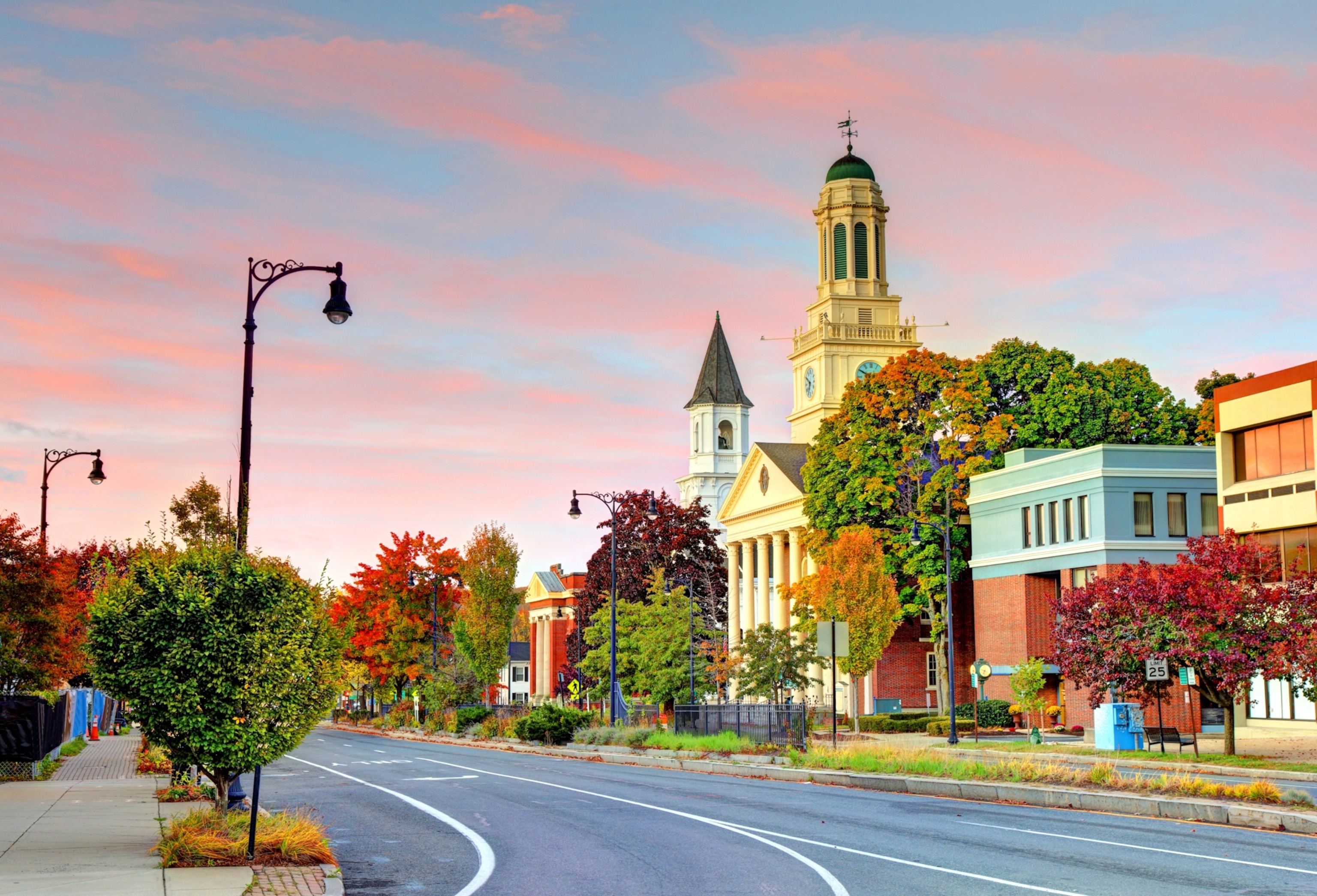
Once completed, the High Road will offer direct access to not just wildlife preserves and conservation lands, but also picturesque mountain towns, such as Great Barrington and Lenox, home to famed Tanglewood Music Center about 42 miles east of Albany, New York. Unlike thru-hikes that require carrying hefty backpacks and sleeping in tents, travelers on the High Road can refuel at a local restaurant and spend the night at a cozy B&B before ambling onwards the next day.
In addition to drawing more travelers to the Berkshires, the trail possesses an egalitarian spirit balancing two ideas, says Deanna Oliveri, project manager with the Berkshires Natural Resources Council (BNRC), which oversees conservation land across the mountains.
Oliveri says that when the BNRC’s former president, Tad Ames, proposed the idea for the High Road in 2015, the focus was on showcasing nature, similar to the interconnected walking tours of Europe. “But since the project has taken off,” she adds, “there’s also been an emphasis on creating more access to conservation lands, especially for communities that haven’t been as well served by projects like the High Road.”
The High Road’s Lenox-Pittsfield trail
The new route will consist of seven to eight 10-mile segments that run north-to-south through the mountains and their communities. Currently, just one segment is open, with two official trailheads: one at the Bousquet Mountain ski resort in Pittsfield and another at the Kripalu Yoga Center campus in Lenox. The centerpiece of this Pittsfield-to-Lenox section is the Yokun Ridge, a lumbering foundation of conjoined peaks thick with a diverse array of deciduous and boreal forests.
At 2,146 feet above sea level, Lenox Mountain is the highest point along this route. From the summit, a bench offers panoramic views of farms, ponds, and New York’s neighboring Taconic Range. A lesser known highlight is Mahanna Cobble, an overlook near the Bousquet Mountain trailhead revealing an expanse of undeveloped woodlands.
A pristine view like this one, free of any human development, can be surprisingly rare in Berkshire County. The western side of the mountains, through which the segment runs, is home to some of the region’s largest towns and farms.
The descent from Lenox Mountain toward Lenox village follows secluded woodland trails and old fire roads that have been slowly reclaimed by the understory. With its mossy dock, glassy Monks Pond foreshadows the High Road’s finish line at the hills of the Kripalu campus, where walkers are likely to cross paths with yogis honing their king pigeon pose. A short uphill walk from the Kripalu trailhead along West Street leads to the center of Lenox village.
(You can walk across San Francisco in a day. Here’s how.)
Here, amid Queen Anne cottages and flowering patios, traversing the High Road takes on a more decadent flavor. After checking in and cleaning up at the Apple Tree Inn or The Constance, travelers can revel in their achievement over a local hefeweizen and pasta while contemplating the walk back to Pittsfield the next morning; the tributary paths that connect residential areas like Lenox to the High Road’s Yokun Ridge route offer an array of possibilities.
An ancient tradition with a modern goal
While the High Road rekindles the ancient tradition of pilgrimage routes, it adds a contemporary focus on improving public access to the outdoors. The trail map for the first section, for example, highlights existing paths within the region that connect towns and the High Road’s main route.

These “exit ramps,” as Oliveri calls them, take visitors through nearby green spaces, such as the chirping woodlands of Kennedy Park and the beaver swamps and laurel-leafed slopes of Mass Audubon’s Pleasant Valley Wildlife Sanctuary. Some lead straight into residential areas.
By bridging the Berkshires’ rustic and residential sides, the High Road has potential to chip away at structural inequities that make it harder for many people to experience the outdoors, even in mountainous regions like Berkshire County.
“A lot of the work behind the High Road is figuring out how far into these more urbanized or suburban areas we can extend trails,” Oliveri says, alluding to the reality that, in several Berkshire towns, access to a vehicle is still a gateway to stepping onto trails. This can feel particularly burdensome in a region where wealthy tourists from New York and Boston share the mountains with residents of working-class communities that are historically underserved by the state. (Berkshire County had one of the lowest median household incomes in Massachusetts between 2016 and 2020.)
(Learn about the revolutionary idea behind America’s urban trails.)
If removing the car factor gets more people onto the High Road, then the quality and rigor of the trail must be considered too. Part of the BNRC’s process for deciding where the High Road should be built is appraising the topography of the land itself. The relatively smooth and gently graded first section of the High Road is a far cry from the steep, stony trails in the White Mountains of New Hampshire, making the High Road a solid entry-level hike for more trail users.
As the High Road continues to take shape across the Berkshires, the BNRC plans to construct new connector paths to improve access. The next trail segment and its exit ramps could be unveiled as soon as 2023, but the BNRC has yet to publicly announce the location.
The towns adjacent to the High Road’s first section offer tantalizing possibilities. One is West Stockbridge, where lush Olivia’s Overlook reveals a stunning view of upstate New York’s Taconic Range. Another is Mount Greylock, the tallest mountain in Massachusetts, which looms over the town of Lanesborough directly north of Pittsfield. A new connector trail from Bousquet Mountain to Pittsfield’s commercial district would offer the unique experience of walking from the slopes of a mountain into a bustling city center with antique stores, sports bars, and an Amtrak station.
